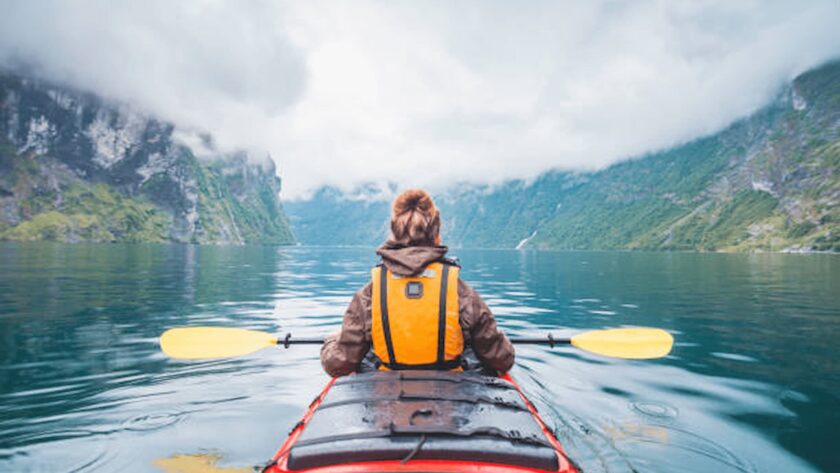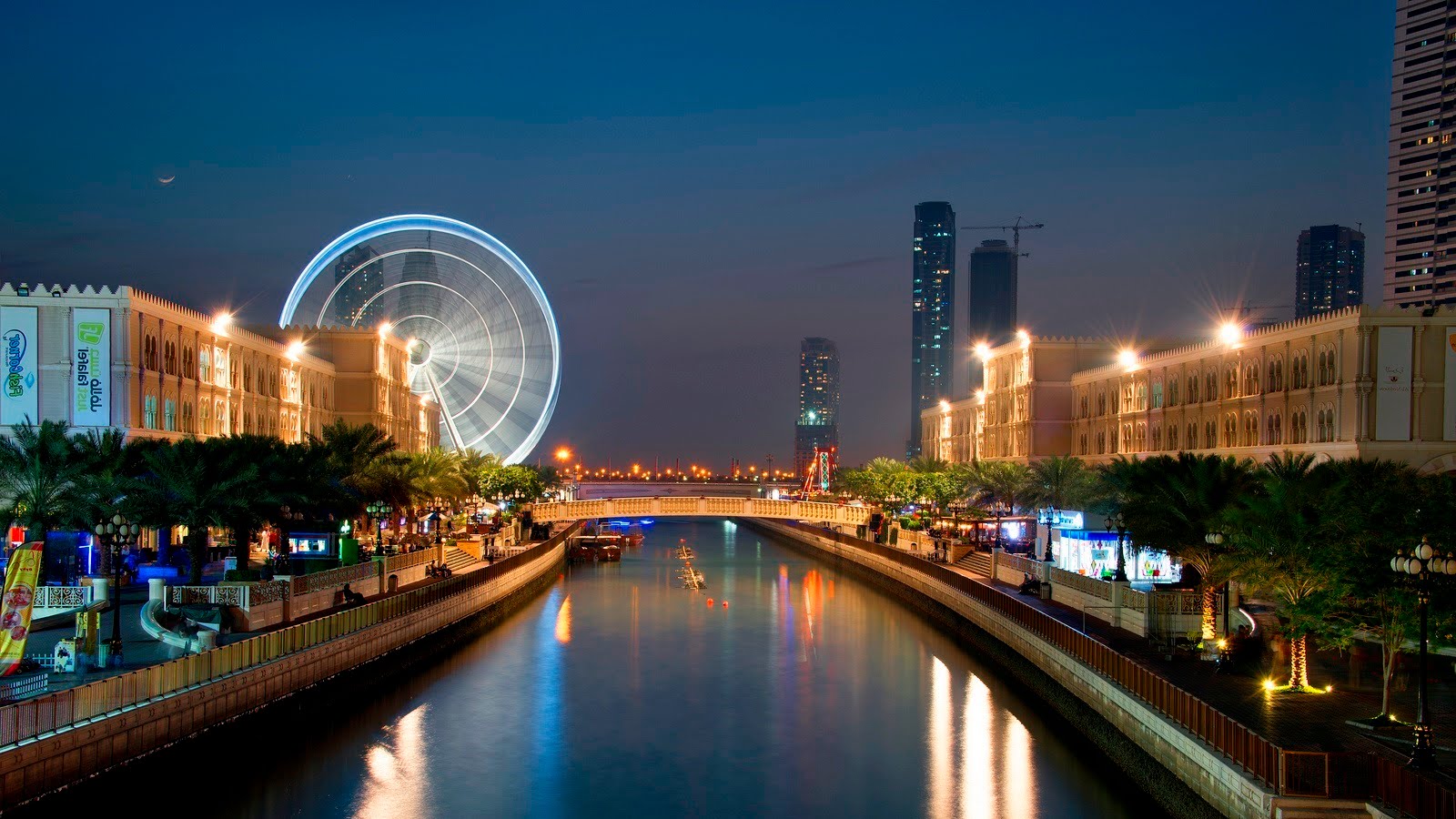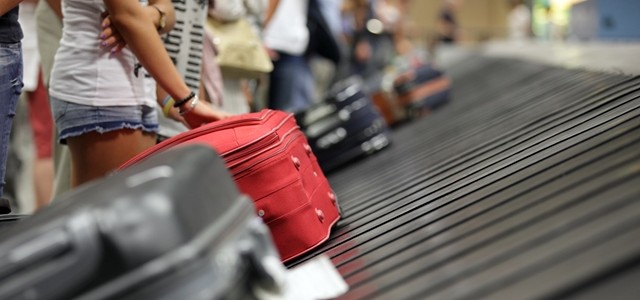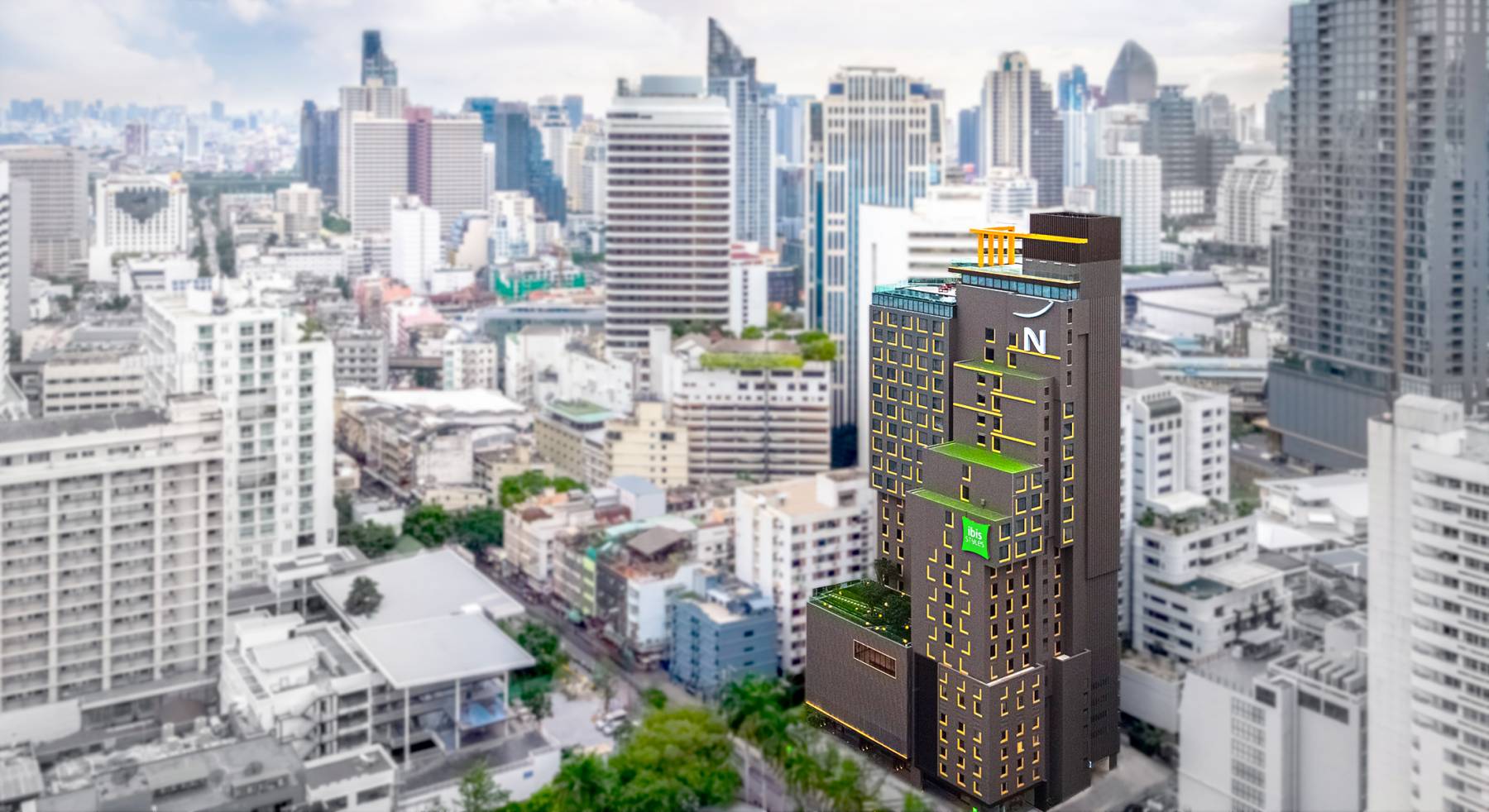Imagine gliding over serene waters, surrounded by breathtaking natural landscapes, and experiencing a deep connection with nature.
Kayaking offers the perfect opportunity for adventure, relaxation, and exploration. If you’re planning a kayaking trip, you’re in for an unforgettable experience.
With a vast range of kayaks for sale, and an experienced team of kayaking experts, Cambridge Kayaks is your one stop shop if you’re looking to plan the ultimate kayaking trip. In this comprehensive guide, our experts will walk you through the essential steps to plan your kayaking adventure.
Step 1: Choosing The Right Location
The first and most crucial step in planning a kayaking trip is selecting the right location.
Cambridge Kayaks is based in the UK, offering access to various stunning water bodies, including rivers, lakes, canals, and the coastal regions.
Consider factors like your skill level, the type of kayaking you prefer (calm waters, whitewater, sea kayaking), and the duration of your trip when choosing a location. Some popular options in the UK include:
Norfolk Broads: Explore this beautiful network of rivers and lakes teeming with wildlife.
Lake District: Paddle across the serene waters of Lake Windermere or Ullswater.
Scottish Highlands: Experience the rugged beauty of the Scottish lochs and coastlines.
Cornwall: Discover the stunning Cornish coastline and its hidden coves.
Step 2: Selecting The Right Kayak
The choice of kayak is vital to your enjoyment and safety during your trip. Cambridge Kayaks offers a variety of kayaks to suit different preferences. Here are some key considerations when selecting your kayak:
Kayak Type: Choose between sit-on-top kayaks and sit-in kayaks, depending on your comfort level and the type of water you’ll be paddling in.
Size and Weight Capacity: Ensure the kayak can comfortably accommodate you and your gear.
Skill Level: Opt for a kayak that matches your skill level. Beginners may prefer stable, easy-to-paddle options, while experienced kayakers might look for more advanced models.
Special Features: Consider features like storage compartments, rod holders, and rudders for added convenience.
Step 3: Safety First
Safety is paramount when planning a kayaking trip. Before you hit the water, ensure you have the following safety measures in place:
Personal Flotation Device (PFD): Always wear a properly fitted PFD when kayaking. It’s a crucial piece of safety equipment.
Learn Basic Skills: If you’re new to kayaking, take a beginner’s course to learn the basics, including paddling techniques, how to rescue yourself in case of a capsize, and how to navigate different water conditions.
Weather and Water Conditions: Check the weather forecast and current water conditions for your chosen location. Be aware of tides, currents, and any potential hazards.
Emergency Kit: Carry an emergency kit, which should include essentials like a whistle, first aid supplies, a bilge pump, and a throw rope.
Step 4: Packing Essentials
Packing efficiently is key to an enjoyable kayaking trip. Here are some essential items to bring with you:
Navigation Tools: A map, compass, or GPS device can help you stay on course.
Clothing: Dress in moisture-wicking, quick-drying clothing suitable for the weather. Don’t forget a hat, sunglasses, and sunscreen.
Dry Bags: Use dry bags to keep your essentials (phone, wallet, clothes) safe from water.
Food and Water: Carry sufficient food and water to sustain you throughout the trip.
Camping Gear (if applicable): If you’re planning an overnight trip, pack camping gear such as a tent, sleeping bag, and cooking supplies.
Step 5: Plan Your Route
Planning your route in advance is crucial, especially if you’re going on a multi-day kayaking trip. Here’s how to go about it:
Research: Study maps and guides of your chosen location. Familiarise yourself with key landmarks and any potential campsites or stopping points.
Create an Itinerary: Plan your daily paddling distances, taking into account your skill level, the available daylight, and potential rest stops.
Emergency Plan: Always share your itinerary with a trusted friend or family member who isn’t on the trip. This way, someone knows your whereabouts in case of an emergency.
Step 6: Leave No Trace
Respecting the environment is a fundamental principle of kayaking. Follow Leave No Trace ethics to minimise your impact on the natural world:
Dispose of Waste Properly: Pack out all waste, including food scraps and toilet paper. Use designated restroom facilities or a portable toilet if available.
Minimize Campfire Impact: Use a camp stove instead of making a fire, and if fires are allowed, use established fire rings.
Respect Wildlife: Keep your distance from wildlife, and never feed or disturb them. Observe but don’t interfere with their natural behaviour.
By following these steps, you’ll be well-prepared for an incredible kayaking adventure. Whether you’re a seasoned kayaker or a novice, the joy of paddling through picturesque waterways and connecting with nature is an experience like no other. Enjoy your journey on the water!





